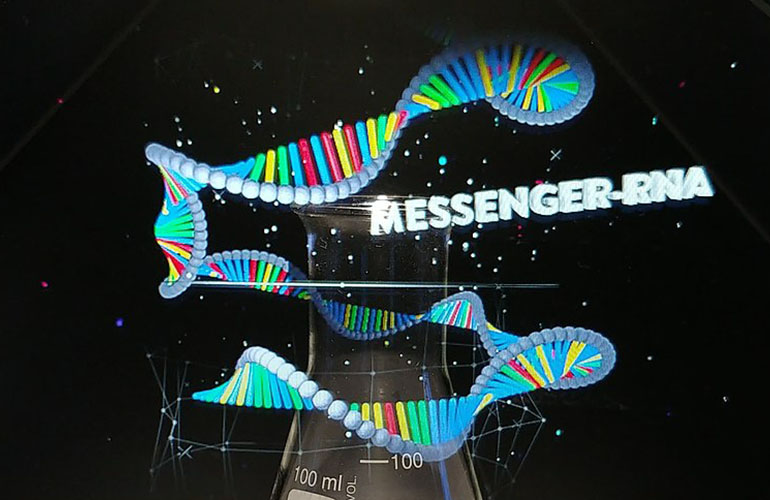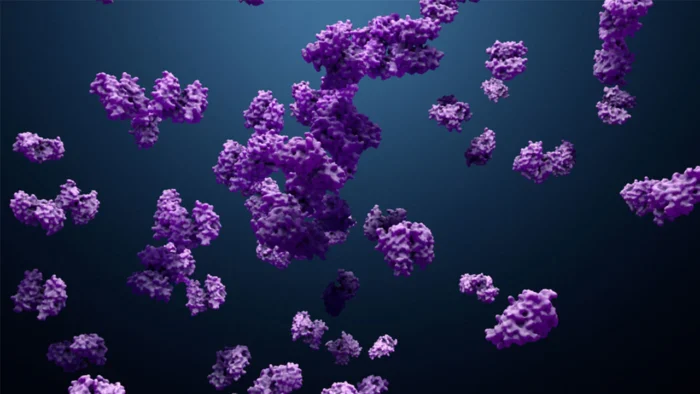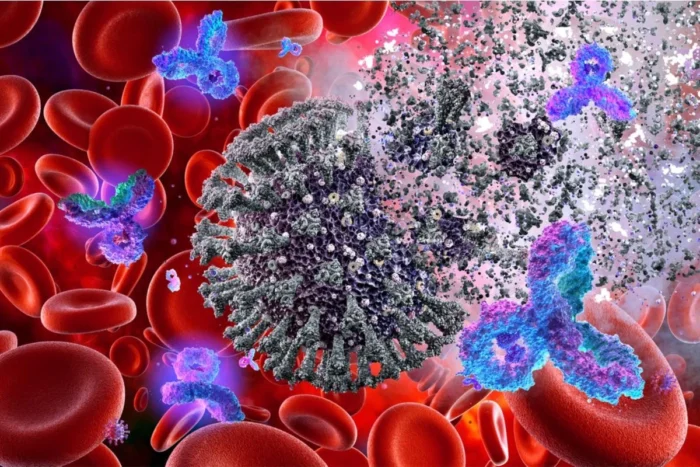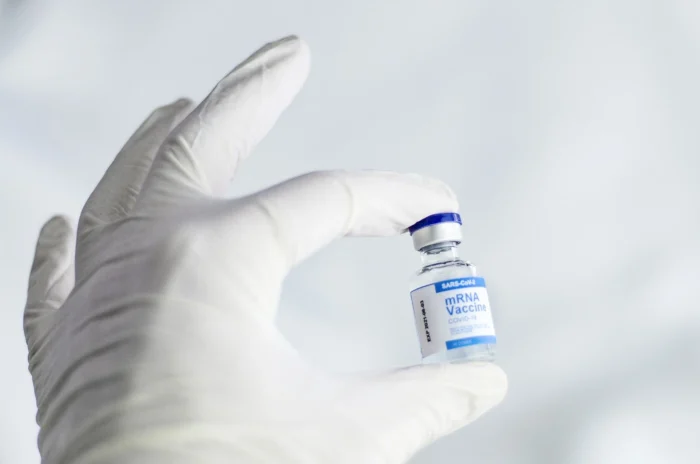
Messenger RNA or mRNA refers to a molecule with a recipe or instructions that direct cells to make proteins using natural machinery.
The mRNA history dates back to 1961 when Brenner and his colleagues described the presence of unstable molecules coping information that DNA encodes and then gets directed to synthesize proteins. In order to enter cells effectively, mRNA travels in a protective bubble referred to as a Lipid Nanoparticle.
Once it is inside, the cell reads mRNA as a form of instructions to build proteins, which match up with other parts of pathogens called antigens. The immune system often sees foreign antigens as invaders. Because of that, it dispatches defenders in the form of T-cells and antibodies and then trains the immune system to fight against future attacks. Hence, mRNAs can be used in various ways. Some of the common applications of mRNA may include the following:
1. Protein Replacement

Most human diseases are often caused by the absence of specific protection or a reduction in their functionalities. The therapeutic delivery of messenger, RNA encoding impact proteins may bolster or restore function to a healthy level.
Basically, this method provides more benefits than traditional protein therapy, including natively processed protein and longevity of the treatment.
While protein therapies can replace all the secreted proteins, mRNA therapy may help replace transmembrane and intracellular proteins, thereby broadening the spectrum of illnesses that can be treated.
2. Cancer Immunotherapy
mRNA is the key to unlocking tailored cancer therapies. Combining artificial intelligence, liquid biopsies, and genetic screening, healthcare providers may manufacture and design mRNA therapy created for the unique tumor genetics of patients.
Like vaccines, mRNA may be used in encoding cancer-specific proteins, which teaches the immune system to target and recognize tumors, not healthy tissues. Currently, there are over 150 mRNA-focused clinical examinations ongoing for the following:
- Prostate cancer
- Brain cancer
- Melanoma
- Blood cancers
3. Antibody Therapy

Antibodies are personalized molecules produced by immune cells to deal with pathogens. This works by injecting antibodies into an individual’s body as the antidote to clear infections. These antibodies consist of four chains, including two heavy chains and two light chains. Both chains are modified as well as connected with disulfide bonds.
For the production of antibodies, eukaryotic cells become necessary because prokaryotic cells can’t glycosylate peptide chains. But this method of production is expensive. In order to allow cost-effective expression, researchers produce single-chain antibody fragments.
4. Gene Therapy
This is an important treatment strategy used to cure diseased and impaired cells. But conventional gene therapies pose a great risk.
Using mRNA for this therapy, a certain research group managed to induce tissue regeneration of the olfactory nerve fibers as well as recovery of olfactory function among animals with disorders related to the olfactory.
This has paved the way for using messenger RNA as part of mRNA-based gene therapies in different applications for several neurological disorders.
The Takeaway

The development and use of mRNA in various applications will continue even in the future, thanks to the success of vaccines against Covid-19. So new strategies need to test for incorporating mRNAs that amplify the RNA and encode replication machinery.














